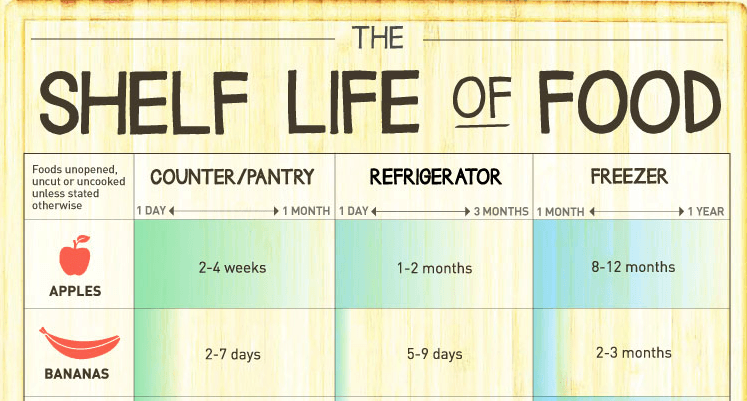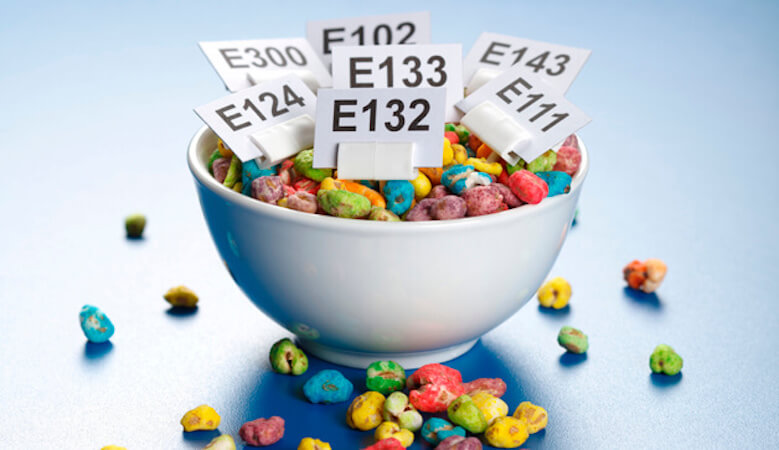|
a. Processed food can be stored longer.

b. Food additives are necessary, because they help to preserve sensory qualities of food, which are important for consumers.

c. Proper food processing prevents consumers from health hazards.

|
2. Fill the gap with a derivative of the word in brackets
|
|
Food processing
Food processing (general) includes the basic (prepare) of foods, the (alter) of a food product into another form, and (preserve) and (package) techniques.
A number of food-processing (innovative) have even resulted in new products, such as (concentration) fruit juices, freeze-dried coffee, and instant foods.
Food processing (requirement) a (know) of chemistry, microbiology, and physical (compose) of foods. Early types of food processing included (cook), (dry), (smoke), and (ferment). These methods have been refined but are still in use today. New technologies have been developed, (include) irradiation, high-pressure (process), extrusion, etc., that have generated new products and enhanced food (safe) and quality.
There are food industry procedures,government (regulatory) and as well as (label) requirements that assure food safety. There both benefits and concerns (surround) food processing. They are connected with the influence of (art) colors, salt, sugar, and fats present in processed foods on (healthy).
|
3. Complete the sentences choosing the appropriate word from the box below
|
|
Root vegetables, hazards, sensory properties, canning, hurdle technology, solution, preservatives, dehydration,
|
1. ________ extends the life of foods by stopping the natural process of deterioration in food caused by micro-organisms. This is done through boiling and sealing.
2. Food safety ________ can adversely affect the food we eat; they can cause harm such as foodborne illnesses and allergic reactions.
3. Bacteria do not grow in acidic environments. This is why acidic foods like lemon juice and vinegar can be used as _________ .
4. Washing raw produce with a vinegar ______ has been shown to reduce the number of microorganisms.
5. Even if you like peeled _______, you should remove the dirt from their skins first by using a stiff-bristled brush and plenty of water.
6. The ______ of milk are highly influenced by its fat content.
7. Food ______ is a process of reducing moisture of food to low levels.
8. The foods which are preserved using the concept of ________ and are microbiologically stable and become safer during storage at ambient temperature.
|
|
|
4. Scan the article, identify the type of thermal treatment
|
|
Scalding vegetables in boiling water or steam for a short time is a must for almost all vegetables to be frozen. It stops enzyme actions which can cause loss of flavor, color and texture.
This method helps to clean the surface from dirt and organisms, it brightens the color and helps retard loss of vitamins. It also wilts or softens vegetables and makes them easier to pack.
The time of this type of thermal treatment is crucial and varies with the vegetable and size. Under_____ stimulates the activity of enzymes and is worse than no ________. Over_______ causes loss of flavor, color, vitamins and minerals.
For home freezing, the most satisfactory way to heat all vegetables is in boiling water.
Heating in steam is recommended for a few vegetables. For broccoli, pumpkin, sweet potatoes and winter squash, both steaming and boiling are satisfactory methods.

|
5. Do the multiple-choice quiz.
1. The traditional ways of food processing are…
a. high pressure processing (HPP);
b. cleaning and thermal treatment;
c. pulsed electric field processing
2. The main aims of food processing are …
a. disposal of products wasted;
b. usage of organisms whose DNA has been modified in a way that does not occur naturally;
c. stabilizing food products by preventing or reducing negative changes in quality.
3. Food additives are …
a. substances that are added to food to maintain or improve the safety, freshness, taste, texture, or appearance;
b. compounds which accelerate growth of pathogens;
c. packaging materials.
4. Food contamination is…
a. wastes of edible food;
b. the presence of harmful chemicals and microorganisms in food, which can cause consumer illness;
c. a process in which packaged and non-packaged foods (such as milk and fruit juice) are treated with mild heat, usually to less than 100 °C (212 °F).
5. Raw materials are …
a. products of vegetable or animal origin produced by agriculture, farming, breeding and fishing aimed for further processing;
b. ready-to-consume food;
c. junk food.
7. Food pathogens…
a. are mechanical impurities;
b. grow best in alkali environment;
c. require food to multiply.
8. Sealed food…
a. should be eaten within 20 days after the can in opened;
b. can be stored for several months and even years;
c. always contains the salts of sorbic, benzoic, maltic or citric acids, which are toxic.
|





